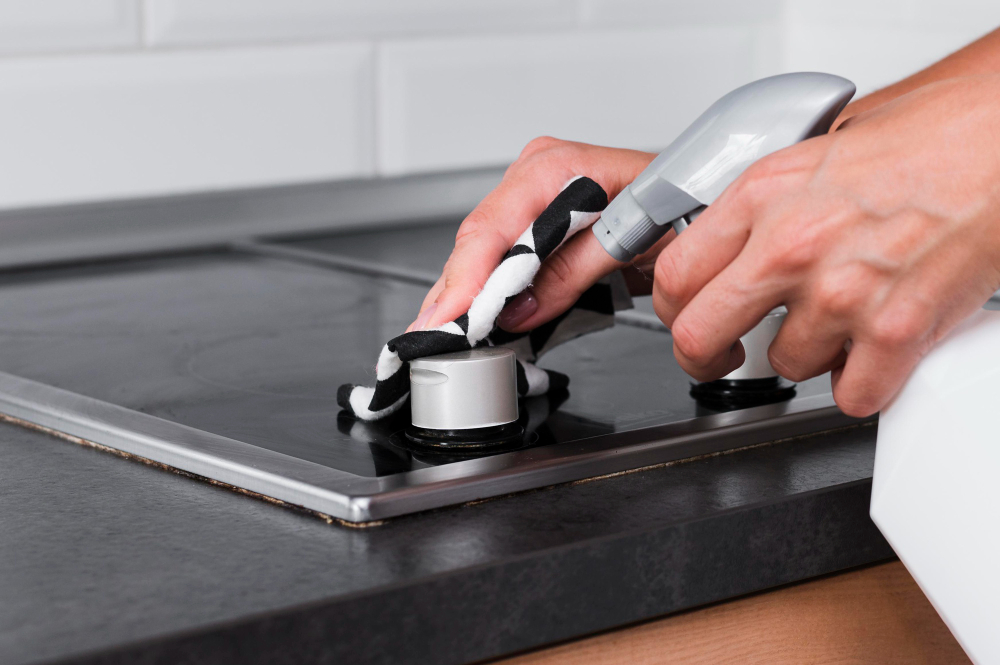Introduction
Mac and Miller Blades Macintosh (Mac) and Miller blades are two of the most commonly used laryngoscope blades in airway management. These blades play a crucial role in intubation, facilitating the insertion of an endotracheal tube to secure a patient’s airway. While both blades serve the same fundamental purpose, they have distinct designs and applications, making it essential for healthcare professionals to understand their differences, advantages, and best-use scenarios.
This blog explores the history, design, advantages, Mac and Miller Blades disadvantages, and clinical applications of both Mac and Miller blades to help medical professionals make informed decisions when selecting the appropriate blade for airway management.
The History of Mac and Miller Blades
Macintosh Blade
The Mac blade was developed in 1943 by Sir Robert Reynolds Macintosh, a New Zealand-born British anesthetist. He designed this curved blade to improve the visualization of the larynx by indirectly lifting the epiglottis, thus making intubation easier and reducing patient trauma.
Miller Blade
The Miller blade was developed in 1941 by Dr. Robert A. Miller, an American anesthesiologist. Unlike the Macintosh blade, the Miller blade is straight, designed to directly lift the epiglottis and provide an unobstructed view of the vocal cords, which is particularly beneficial in pediatric and difficult airway cases.
Design Differences
Macintosh Blade (Curved Blade)
- Features a curved design that allows indirect lifting of the epiglottis.
- Available in various sizes, commonly ranging from 1 to 5.
- Used by placing the tip in the vallecula (the space between the base of the tongue and the epiglottis).
- Provides a broader field of view for intubation.
Miller Blade (Straight Blade)
- Designed with a straight, narrow profile.
- Available in different sizes, typically ranging from 0 to 4.
- The tip is placed directly under the epiglottis to lift it.
- Often preferred in pediatric patients and individuals with challenging airway anatomy.
Advantages and Disadvantages
Advantages of the Macintosh Blade
- Less trauma to the epiglottis as it does not require direct lifting.
- Easier to maneuver in adult patients.
- Provides a wide field of vision for experienced intubators.
- Preferred in cases where the patient has a flexible epiglottis.
Disadvantages of the Macintosh Blade
- May not be suitable for patients with a floppy or rigid epiglottis.
- Less effective in patients with difficult airway anatomy.
- Requires more lifting force in some cases compared to the Miller blade.
Advantages of the Miller Blade
- Provides a direct and clear view of the vocal cords.
- More effective in neonates, infants, and patients with large tongues or challenging airway anatomy.
- Ideal for scenarios where the epiglottis must be directly lifted.
Disadvantages of the Miller Blade
- Can cause more trauma to the epiglottis if not used correctly.
- Requires more skill and precision during intubation.
- May be difficult to maneuver in adult patients with normal airway anatomy.
Choosing the Right Blade: Factors to Consider
Selecting the right blade depends on several factors, including:
- Patient Anatomy: Pediatric patients and individuals with difficult airway anatomy often benefit from the Miller blade, while the Mac blade is typically preferred in adults.
- Clinician Experience: Some clinicians find the Mac blade easier to use, while others may prefer the Miller blade for its precision.
- Clinical Setting: In emergency or pre-hospital settings, the Mac blade is often the default choice due to its versatility.
- Patient Comfort and Safety: The risk of airway trauma should always be minimized by selecting the most suitable blade.
Technological Advancements
With advancements in airway management, video laryngoscopy has emerged as a valuable tool. Many modern laryngoscopes integrate fiber-optic technology with traditional Mac and Miller blades, enhancing visibility and improving intubation success rates, particularly in challenging cases.
Conclusion
Mac and Miller blades each have their unique strengths and are indispensable tools in airway management. Understanding their differences and appropriate applications helps healthcare professionals optimize patient safety and improve intubation outcomes. Whether selecting a curved Macintosh blade for general use or a straight Miller blade for difficult airways, proper training and experience remain critical in achieving successful intubations.













Leave a Reply